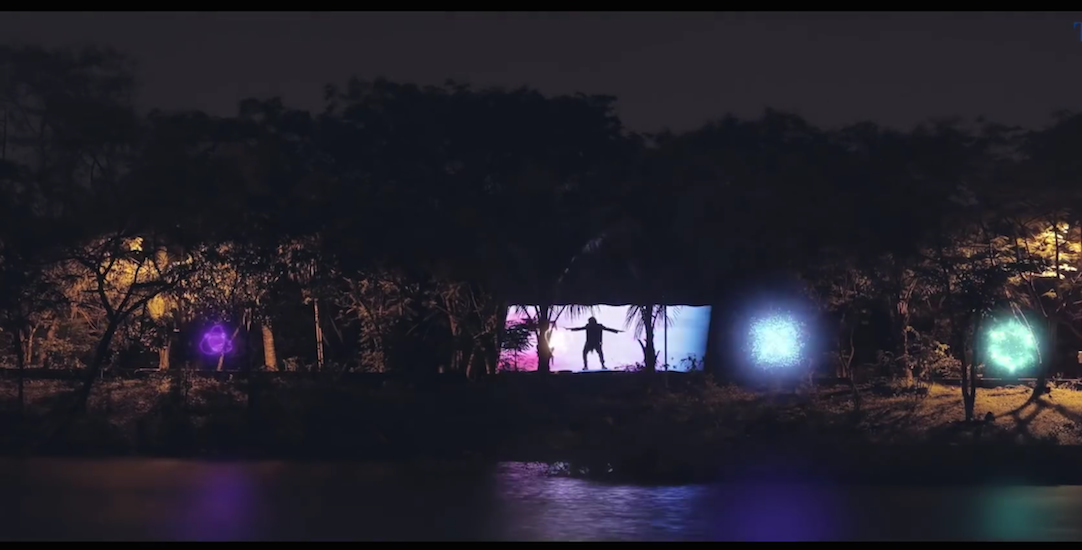Impression – India’s first Pixelstick music video
Everyone these days is on a quest to push creative boundaries and create something that stands out in the clutter. While most people only dream of achieving innovation, here is a group of people who have battled various odds to give birth to India’s first Pixelstick music video that will leave you spellbound. Meet Harshvir Oberai, Premal Raval and Vijesh Rajan who along with a team of passionate creative individuals have created an awe-inspiring video for Mumbai-based composer, Achint Thakkar’s song Impression (Music Label – Times Music). And the video is a visual treat, to say the least.
From a surreal concept to cutting edge VFX and an amalgamation of various technical expertise, Impression has it all. Here’s what Harshvir, Premal & Vijesh have to say about their labour of love.
Harshvir Oberai, Director (Mosambi Juice Productions)
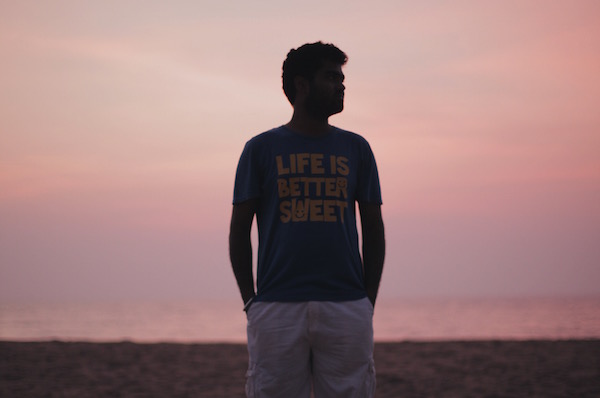
Harshvir Oberai
Tell us about the concept of the video?
In one line, I’d say that it’s a musician’s journey through different soundscapes, finding inspiration in different things that help him make his music.
And how did you come upon this concept?
I heard the song in its nascent stages when it was just a scratch. At that time I didn’t know that there’s going to be a music video. But Later Times Music got involved and that’s when the music video happened. They gave us two pointers for the video – one, that it needs to feature the artist and second, that the video needs to have a girl. So we put Achint (Thakkar, Singer & Composer) in the video and also put a girl who was not real. We made her a hologram who works as a muse for Achint in the earlier half of the video. At the end of the day the video has to be like visual journey that blends with the music and matches the mood while showcasing the artist.
READ: ‘HUM HAIN HAPPY’ WITH NISHANT NAYAK & MITHUN GANGOPADHYAY
From the time it was conceptualized to actually finishing it – how much time did you take?
Almost nine months. The shoot was spread out and there were a few breaks in between.
You’ll have used the ‘Pixelstick’ technology. Tell us about it and why did you’ll choose it?
We wanted to pitch something that is really unique, has a selling point and we wanted to do something really different. The song has various moods to it – in the beginning it’s very groovy, it gives a very ethereal feel in the first half, the chorus is then like a rush with an industrial guitar and bass section. So we wanted the landscape within the video to keep changing. That’s when we thought of using stop motion in the choruses and the pixelstick came into the picture. The pixelstick was funded by the Big Banger Labs as a Kickstarter campaign. The device is like any light painting device. The only difference being that this device has a panel of two hundred LEDs where you can feed in the images or animated image sequences and project that through the LEDs. The images are captured with long exposure photography. So we made an animated sequence of patterns and projected it through stop motion photography. Nikunj Patel who is an animator was on board to design all these elements. He also worked as a consultant for the stop motion sequences, which was extremely essential as we had many elements to consider for every frame we shot – Achint on the hoverboard, the light painting artist Sabyasachi Choubey with the pixelstick, the animated pattern fed on to the stick and the camera movement.
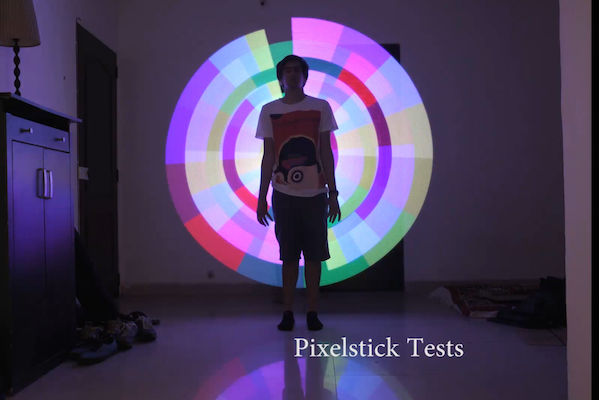
Working with the Pixelstick
And what kind of a color palette was adapted for the video?
We figured a color scheme for the main ethereal element that we designed since all the other elements in the video are born out of it. It had shades of blue, green and some purplish-reddish colors that were all blended to form this main element, which was the source of energy. Our color schemes were also decided basis the locations.
Must have been a challenging shoot. Tell us about the obstacles faced?
It was a production heavy shoot and we didn’t have the budget to get so many days for production and rehearsals. But I’m very thankful to the people who came on board and decided to work on it for passion. That eased the expenditure on us and we put that money into production. We needed a number of locations so we traveled to various places in Mumbai – from Vashi to Masjid To Uttan and Thane. Getting the right locations was a challenge. Times helped us with their warehouse for one of the locations and that really helped.
Managing people with busy schedules over a period of so many months also becomes difficult but with an amazing producer like Krish Makhija, all the above seemed much easier than it was. Watching him work in such good spirits would inspire the rest of the crew. Post wise there were too many challenges. We had to attempt very hard core VFX right from world creation to compositing elements, removing unwanted elements etc. The work was extensive and every shot needed something that had to be designed.
At the end of it, do you hope that this video inspires a trend of sorts?
I hope that this video makes people feel that they should put in a little more effort and that music videos are serious stuff. And they are a great medium to experiment with styles, narrative, VFX etc. And I hope that the artist benefits from it because ultimately the video is for him.
READ: PANDOLIN’S THROWBACK TO THE ERA OF INDIEPOP
What other projects are you working on?
We (Mosambi Juice and Plexus) are in talks for a sci-fi, VFX heavy web series. Luckily, this video works as a show reel for that.
Premal Raval, Director of Photography
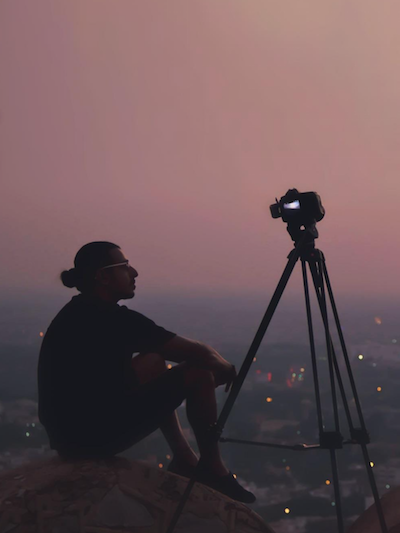
Premal Raval
What was the visual brief that you received for the video?
The brief that I got was very intense and ambitious where the artist is journeying through various locations and there were words like ethereal, post-apocalyptic world etc. Being a cinematographer I first visualize things in my head and I asked Harshvir about the kind of locations that he wanted. And he wanted to shoot in jungles, a warehouse and such unique locations. So it was all very exciting.
READ: KASHMIR IS NOT JUST A BACKDROP; IT’S A CHARACTER IN FITOOR – ANAY GOSWAMY
Was there any referencing that you did from your side?
I had to study about the pixelstick. I had done stop motion before but never used a pixelstick for light painting. The video actually has three techniques coming together – VFX, stop motion and pixelstick – and that was a little difficult. Also Harshvir wanted me to be thorough with the pixelstick because we were shooting in wild locations with ambient lighting using stop motion. So we had to practice a lot before the shoot.
What camera and lenses have you’ll used? And what was the camera set up like?
We have used four different cameras because every segment within the video has various different elements since the artist is travelling through various locations that are starkly different from each other. Plus we had video, stop motion and stills involved and we used cameras as per our requirement.
We started with the Canon 5D Mark III for the stop motion bits and used Canon 1 DC for exterior parts of the video. The Red One was specially used for green screen because it involves a lot of post work and this camera gives you a higher quality image so you can work better on it. We used Sony a7S for the night shots because the sensors in this camera allow you to shoot in very low light conditions and we didn’t really have a budget for generators or space lights.
We used CP.2 lenses on Red One and Canon I DC and the Canon EF lenses for stop motion. We also used Ronin and Drone for some specific shots.
Since it’s a VFX heavy video, how did you go about shooting scenes where VFX was to be later added?
Green screen is normally done so you can later place anything in the background. The most important part about this video was matching the green screen lighting with the exterior lighting. As per the video, there is a shot that cuts from the location directly to the green screen. So the lighting on Achint’s face had to be matched with the backgrounds that would be replaced in post. And this was a challenge because we shot the video over a period of 2-3 months. We tried to do as much in camera, like create light spills on Achint’s face for elements that were moving close to him.
READ: ‘HUM HAIN HAPPY’ WITH NISHANT NAYAK & MITHUN GANGOPADHYAY
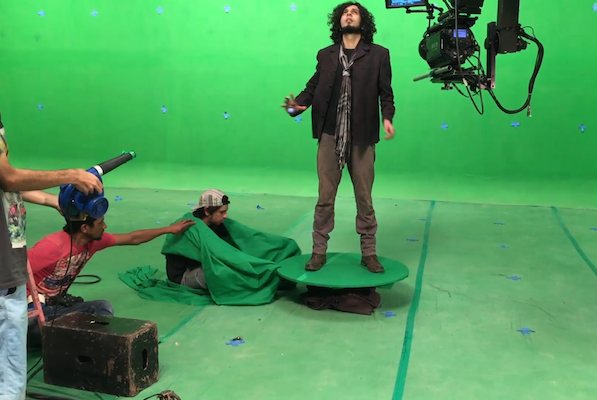
Shooting Achint Thakkar against Green Screen
What was the light design you adopted?
We have used a variety of lights depending on the requirement of the locations. While shooting in the jungle we used flashlights. While shooting stop motion, it’s easier to shoot a building or an object. But when a character is involved, you have to be rock steady for the shot. So we realized that flashlights were the only thing that could keep the artist steady during stop motion. But one flash wasn’t enough to show the jungle, so we decided to use multiple flashlights with one hotshoe. So for the night sequences we had the pixelstick and used flashlights and LED lights for the ambience.
For the second sequence, we worked with natural light and decided to shoot everything at noon because at that time the sun is on your head and there are no shadows when its cloudy. This also helped us with some of the day for night shots that were needed. For the warehouse sequence, we used the existing milky tubes and added shaftes on every alternate row with 1kv’s for a break in the colour. Exterior we mostly used nothing.
And what was your approach to lensing and framing?
In stop motion, normally, the camera is static and things within the frame keep changing. But for this video, the camera and the frame were moving and the lighting setup was moving with it. This video is a perfect example of art and science coming together. We have used motion wherever possible.
Also when working in exterior locations, the wider the angle, the better it is. But the shots were such that we could not go too wide because that would involve more of VFX work. So at times we would shoot a wide shot by a telephoto lens, which helps you get a wide image and depth of field.
What other projects are you working on?
I’m working on a music video for the Government of India and another one for an artist named Divine. I’m also doing a series called ‘Planet Earth’ for BBC.
Vijesh Rajan, Director of VFX (Plexus)
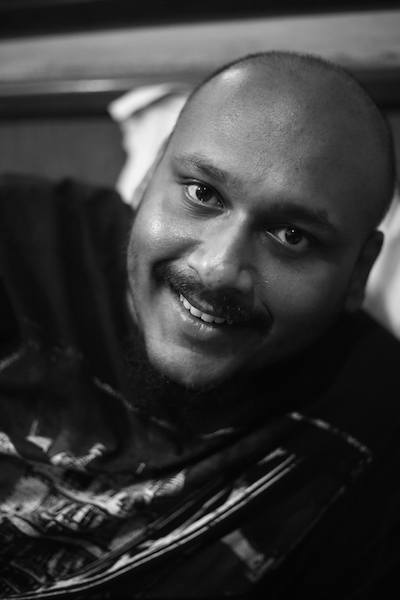
Vijesh Rajan
What was your level of involvement in this project?
Harshvir (Oberai, Director) involved me at the starting stages of the project. The concept became clear to Harshvir when the album reached its final mixing stage and on a trip to Dharamshala, he just sat down and let his words flow on to paper. He called his principal team and me for a concept meeting and pitched the idea to us and we all immediately fell in love with it. From that point, it took around 8 or 9 months for the video to be complete and I was involved in it throughout.
What was the research involved in the post production for this video?
We had to do tons of research to get the post production right. There were only two shots in the eventual video that didn’t have any VFX – over 116 shots actually did. And they were all completely different from each other. There were sequences where we did outdoor shoots and had to replace the sky entirely and add landscape extensions. There were indoor sequences where we had to add digital elements. There were completely green screen studio shoots, where we had to create environments from scratch. Each of these instances had a different on-shoot approach and we learnt all of these things through research along the way.
Parallely, Harshvir had managed selling the concept to Times Music as India’s first ‘Pixelstick’ music video. This meant researching on stop motion character animation as well as light painting animation. We also came to know that we could design the patterns that went into the Pixelstick and figured how to photograph them frame by frame to create flowing lights and patterns.
Once the shoot was done, our second line of research began. We had to design all the “ethereal” elements for the video and had to do various trials with 2D and 3D animation to see what looked good – we eventually settled on what we liked to call faux 3d elements. Basically, that just means that all of our “3D” assets were downloaded from free-to-use websites and rendered as 2D layers in After Effects itself (since we couldn’t afford a 3D artist to make assets for us). But the work-around was that we cheated by importing the 3D objects into 2D plug-ins like Trapcode Particular and Form – just to give it the 3D feel. Throw in a bunch of lens flares to that and we had industry standard visual effects.
READ: WE HAVE USED ALMOST EVERY POSSIBLE TECHNOLOGY IN BAAHUBALI – SRINIVAS MOHAN
Could you tell us about the tools that you used for the post?
We edited the video on Adobe Premiere Pro and did all our graphics and compositing on Adobe After Effects. This pipeline required a very high-end configuration, which we fortunately had invested in recently. Plexus has a couple of 8 core, i7, 64 GB DDR4 machines with water cooling and dual nVIDIA GeForce Titan Black graphic cards. And also, since we are talking about tools, Shatul Durlabhji put these machines together for us from CompKraft, also known as “TOOL”.
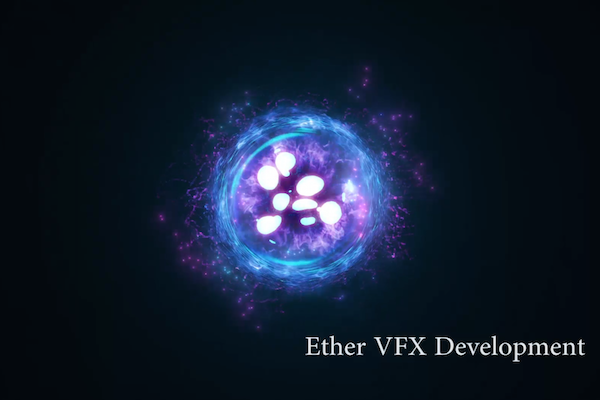
Developing the ‘ethereal’ elements
What was the most challenging aspect of the video?
For me, the biggest challenge was that we had very little time to do this and a small team of my associate Yashoda, another assistant and me. Even if we would’ve managed more hands, we didn’t have the infrastructure to do it.
How long did the entire Post take?
It took us roughly 50 days to do the VFX – and around 10 days or so in different sittings to edit.
You also did the title sequence for Angry Indian Goddesses that recently got you an award. Tell us about the experience.
We were really surprised to hear about our title sequence being featured in Art of the Title’s “ 2015’s top 10 title sequences of the world” list. That too, alongside sequences like Spectre and Mission Impossible: Rogue Nation. It was a big honour for me to hear from them.
Pan Nalin is an avid lover of title sequences and always wanted his films to have them – but this was probably the first time he had the opportunity to do one. The brief to Plexus was very open – he wanted the varied emotions of Indian women to be portrayed in a dramatic sequence. We were suggested to use calendar art of Indian Goddesses and imagery of women protesting against various atrocities. What really set the spark in the sequence was the choice of music by editor Shreyas Beltangdy. Once that was locked by Nalin, we immediately knew how we could make the emotion come to life through animation.
READ: IF YOU TREAT FILMMAKING AS A CAREER, YOU’RE DESTINED TO BE DOOMED – PAN NALIN
Tell us about your upcoming projects?
We are currently working with Phantom films on Anurag Kashyap’s next feature. There are also a few commercials and a 2d animated music video on the table.

